The Australian wine industry must rationalise to cope with tough market conditions and growing competition from the likes of Chile and South Africa, a leading winemaker has warned.
Australian Vintage, which makes Tesco and Sainsbury's own-label wines, said the Australian wine industry was “structurally unbalanced with overproduction and excess capacity”.
The Australian wine industry had grown too quickly in the past two years, said Paul Schaafsma, AVL’s UK manager. Too many producers were selling on cheap stock at unsustainable prices.
He added that drought conditions had heaped more pressure on wine producers and that he didn’t expect the level of grape crops to match last year’s - which was also blighted by drought. “Australia’s wine production exceeds wine sales by about 30% and so our grape supply contracts and prices needed to be adjusted,” he said.
The company had already embarked on a major rationalisation programme, it revealed. “With the ongoing challenges in the Australian wine industry, the global economic slowdown and price pressure from overseas customers, we have begun a comprehensive review of our brands, strategies, costs and assets to position the company for the new reality,” said Dane Hudson, chief executive at AVL.
Other Australian winemakers would be forced to adopt similar tactics, he said. They weren’t as protected as producers in other winemaking countries, added Philip Laffer, head winemaker at Jacobs Creek, highlighting the advantages South American and European wines had over Australian producers.
“Some wine-producing countries, like Chile for example, have government sponsorship funding to aid marketing - we don’t have that,” he said. “Some EU countries have generic national wine marketing campaigns funded by their governments, and we don’t have those either.”
Laffer didn’t believe the Australian wine industry would want government intervention, however. “I think we are better off being the maker of our own destiny,” he said.
Australian Vintage, which makes Tesco and Sainsbury's own-label wines, said the Australian wine industry was “structurally unbalanced with overproduction and excess capacity”.
The Australian wine industry had grown too quickly in the past two years, said Paul Schaafsma, AVL’s UK manager. Too many producers were selling on cheap stock at unsustainable prices.
He added that drought conditions had heaped more pressure on wine producers and that he didn’t expect the level of grape crops to match last year’s - which was also blighted by drought. “Australia’s wine production exceeds wine sales by about 30% and so our grape supply contracts and prices needed to be adjusted,” he said.
The company had already embarked on a major rationalisation programme, it revealed. “With the ongoing challenges in the Australian wine industry, the global economic slowdown and price pressure from overseas customers, we have begun a comprehensive review of our brands, strategies, costs and assets to position the company for the new reality,” said Dane Hudson, chief executive at AVL.
Other Australian winemakers would be forced to adopt similar tactics, he said. They weren’t as protected as producers in other winemaking countries, added Philip Laffer, head winemaker at Jacobs Creek, highlighting the advantages South American and European wines had over Australian producers.
“Some wine-producing countries, like Chile for example, have government sponsorship funding to aid marketing - we don’t have that,” he said. “Some EU countries have generic national wine marketing campaigns funded by their governments, and we don’t have those either.”
Laffer didn’t believe the Australian wine industry would want government intervention, however. “I think we are better off being the maker of our own destiny,” he said.



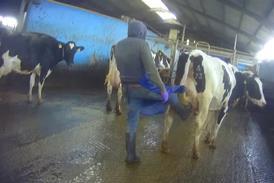







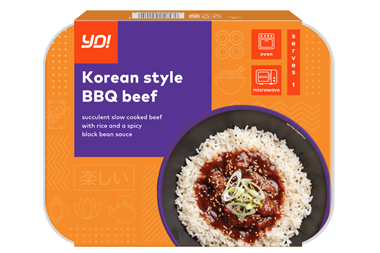



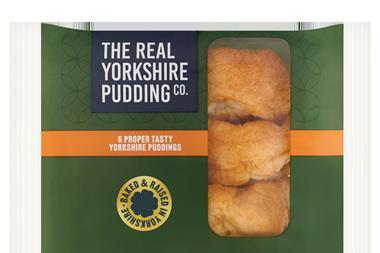
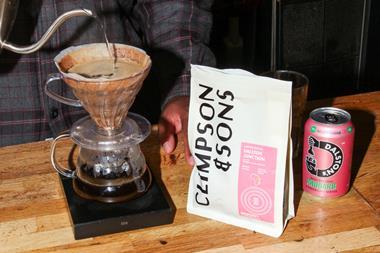

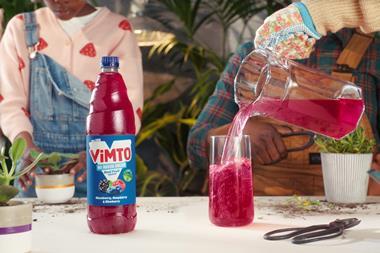
No comments yet